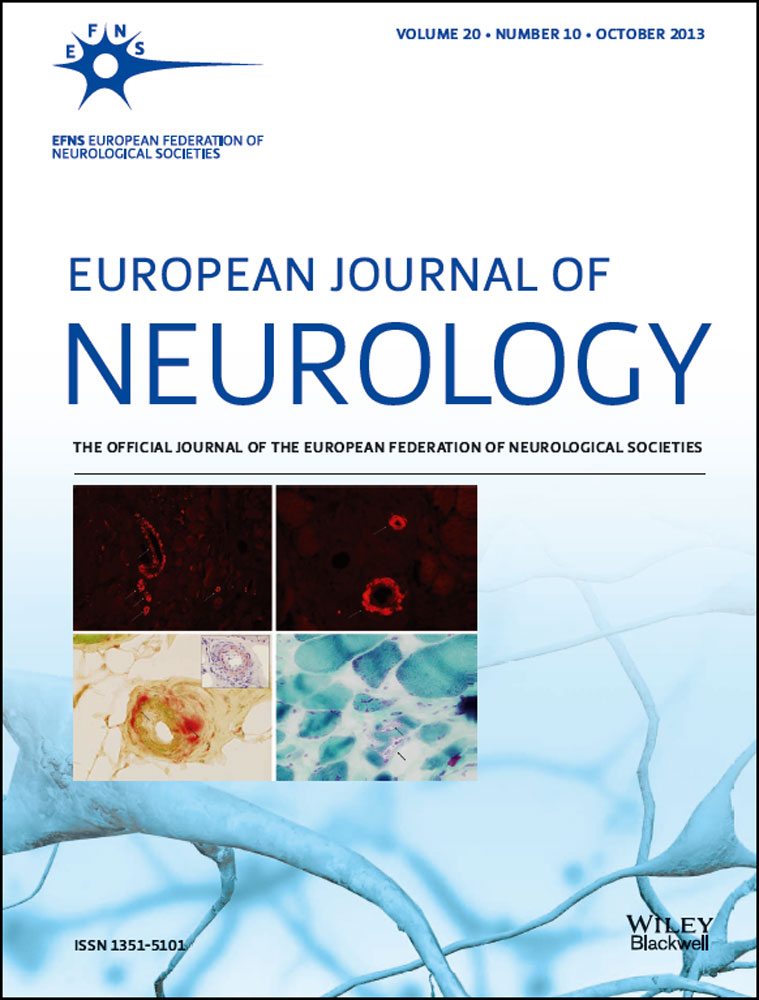Midbrain atrophy is not a biomarker of progressive supranuclear palsy pathology
Abstract
Background and purpose
Midbrain atrophy is a characteristic feature of progressive supranuclear palsy (PSP), although it is unclear whether it is associated with the PSP syndrome (PSPS) or PSP pathology. The aim of the present study was to determine whether midbrain atrophy is a useful biomarker of PSP pathology, or whether it is only associated with typical PSPS.
Methods
All autopsy-confirmed subjects were identified with the PSP clinical phenotype (i.e. PSPS) or PSP pathology and a volumetric MRI. Of 24 subjects with PSP pathology, 11 had a clinical diagnosis of PSPS (PSP-PSPS), and 13 had a non-PSPS clinical diagnosis (PSP-other). Three subjects had PSPS and corticobasal degeneration pathology (CBD-PSPS). Healthy control and disease control groups (i.e. a group without PSPS or PSP pathology) and a group with CBD pathology and corticobasal syndrome (CBD-CBS) were selected. The midbrain area was measured in all subjects. [Correction added on 21 June 2013, after first online publication: the abbreviation of corticobasal degeneration pathology was changed from CBD-PSP to CBD-PSPS.]
Results
The midbrain area was reduced in each group with clinical PSPS (with and without PSP pathology). The group with PSP pathology and non-PSPS clinical syndromes did not show reduced midbrain area. Midbrain area was smaller in the subjects with PSPS than in those without PSPS (P < 0.0001), with an area under the receiver operator curve of 0.99 (0.88, 0.99). A midbrain area cut-point of 92 mm2 provided optimum sensitivity (93%) and specificity (89%) for differentiation.
Conclusion
Midbrain atrophy is associated with the clinical presentation of PSPS, but not with the pathological diagnosis of PSP in the absence of clinical PSPS. This finding has important implications for the utility of midbrain measurements as diagnostic biomarkers for PSP pathology.




